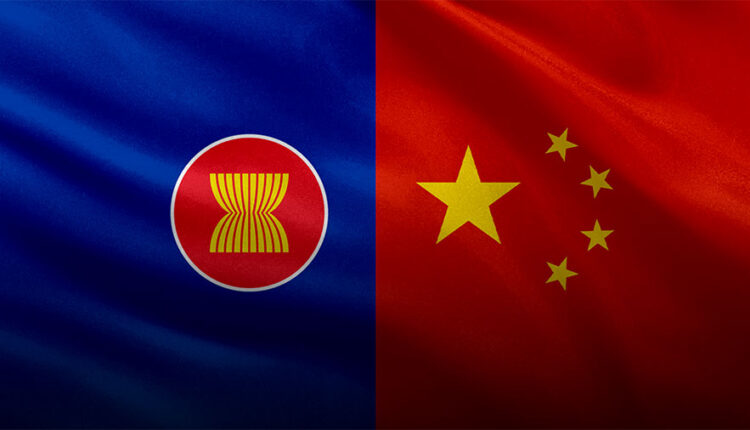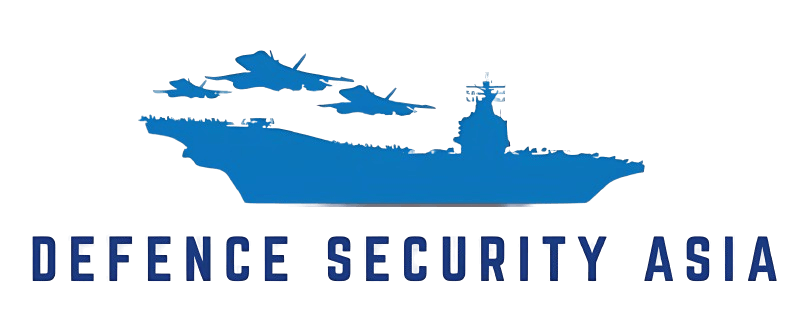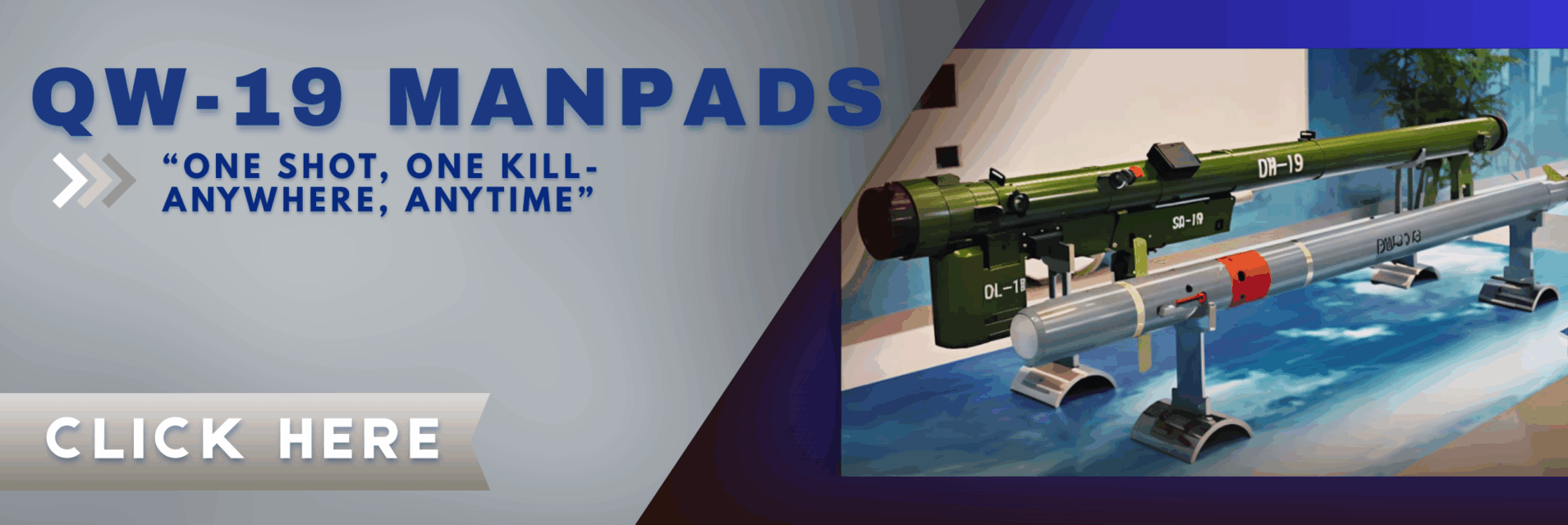Commentary: ASEAN’s perpetual China dilemma
Malaysia sees ASEAN as the most important primary economic and security bulwark of assurances, especially in long term strategic calculations. Kuala Lumpur is cognisant that current overwhelming dependence on China will not be sustainable, particularly seeing the beginning of the decline of the Chinese growth model and its internal socio-economic crisis.

(DEFENCE SECURITY ASIA) — The 43rd ASEAN Summit and Related Summits in Jakarta are again a manifestation of distinct power plays and indifference in facing new threats and urgency of risks. This state of inescapable loop is interwoven with conflicting individual and collective interests and strategic calculations, denting any aspired efficacy of the scramble to elevate conflict prevention mechanisms.
ASEAN is depended on by Malaysia as the most critical framework of economic assurance, as it remains the most trusted, proven and geographically reliable source of trade security and sustainability amidst global headwinds.
Having a combined GDP nearing USD3 trillion, ASEAN is the fifth-largest economy globally, projected to become the fourth largest economy by 2030.

Although intra-ASEAN trade has been disappointing, which currently stands at only 22.3%, and imbalances in terms of individual state economic prowess has been widening, ASEAN remains the most assured economic stabiliser and source of energy and food security for most members and for Malaysia.
Malaysia sees ASEAN as the most important primary economic and security bulwark of assurances, especially in long term strategic calculations. Kuala Lumpur is cognisant that current overwhelming dependence on China will not be sustainable, particularly seeing the beginning of the decline of the Chinese growth model and its internal socio-economic crisis.
The slowdown in its public demand and consumption and the deflation crisis has also impacted Malaysia in many ways, including the state of its BRI projects and investments in the country.
Malaysia will stand to be affected the most from any fallout of a deeper crisis in Myanmar along with neighbouring states, especially in dealing with the refugee conundrum. The risks of greater Chinese presence in Myanmar in the security realm and resources domain including natural resources, rare earths and gems, have caused wariness on other players, with the potential of greater returns for Beijing in gaining access to the Indian Ocean and providing second front assurances of bolstering its continental influence.
Kuala Lumpur’s strong stance on the Myanmar dilemma is also to stand up to a value based approach, and be seen as stemming the tide of the growing regional trend of authoritarianism and decline of democracy. The risks of the Myanmar crisis and the crippled efficacy of ASEAN in dealing with it in eventually fading the regional grouping into oblivion are increasing, and regional players are scrambling to preserve unity amidst growing discord and differences in facing the crisis. Unchecked Myanmar crisis will destabilise the region, serving as a potential hotbed for extremism. It remains the Achilles heel for ASEAN that exposes its deep rooted limits and implications of its consensus building model and slow decision-making processes that are hampered by its preservation and accommodation of the diverse make-up of its members, ranging from semi-democracy at best to authoritarianism.
ASEAN from the Prism of Security Returns
ASEAN is seen as a vital platform by Malaysia and other members as a soft landing in standing up to China, to soften the tone of direct official confrontation.
For the South China Sea, regional members will want ASEAN to have a greater collective deterrent voice in providing a greater deterrence and to break China’s divide and rule model.
Manila has been wanting ASEAN to play a central role in reprimanding China,and to elevate its security role more prominently, in a pivot to a more direct hard power and security role rather than the conventional and habitual role of economic and diplomatic enabler before this.
ASEAN is seen as a lost cause by many in the West in being able to deter Chinese aggression, not until it has military and economic might to influence or to directly deter Beijing’s actions. For ASEAN to maintain its ambitions of neutrality and centrality, it will ironically need external forces assurances.
Regional players especially Manila, Hanoi and Jakarta realise this, but at the same time they need ASEAN as a fallback in softening China’s aggressiveness, and as a latch to secure greater western economic overtures and military support.
They are aware they have practically no leverage or influence on China’s behaviours, as this goes beyond ASEAN’s importance or individual players’ importance.
Individually or collectively, the region cannot achieve the status of dictating China’s economic coercion or military behaviour in the region, the region depends more on China for its survival than vice versa, although this begins to slowly tilt to ASEAN’s favour in light of China’s economic decline.
China will want to avoid a simultaneous four-pronged conflict that can stretch its capacity – Taiwan (which will involve participation of Japan and ROK as well), South China Sea conflict, the Himalayan border clash with India and potential future adversary with Moscow (Washington’s potential strategy of cutting off Moscow-Beijing alliance under potential Trump return).
Region’s Lifeline to China
Beijing depends on the region primarily in not to pivoting to the West that will implicate its military agenda in South China Sea and the region, as this will impact on its ultimate Taiwan ambition and to expand its Pacific agenda, to deter Western support and to ensure maritime trade route assurances and for its energy and food security. It wanted to deter Western and Indian overtures and influence seeking with regional members.
As soon as China can mitigate its Malacca dilemma through Myanmar and Gwaddar port in Pakistan and future Northern Sea Route (NSR) in the Arctic and Lombok and Sunda Straits, the South China Sea will be primed for security purposes for Taiwan and as a militarised bastion that can enhance its main targeting of US naval power and as far away as continental US and Alaska. The oil and gas deposits and the rich marine resources serve as an added bonus.
The ASEAN Summit now is capitalised by Beijing to strengthen its economic overtures and grip, capitalising on the absence of Biden to push the narrative that Washington only sees the region from the lenses of China containment and not from true and sincere economic and development support.
China has signed new agreements with ASEAN on several key parameters, including on agriculture that is dubbed as the new growth engine in China-ASEAN ties. China desperately needs the assurances of food security, and the region provides this bulwark of support that will be critical for Beijing in facing its growing food insecurity as a result of its climate impact that has derailed its internal food production capacity and in withstanding the potential weaponization of food resources that can affect Beijing’s capacity to feed its population.
It can only rely now on current satellite states of Cambodia and Laos for only a certain fraction of its food dependence, and India’s recent white rice export ban has fuelled Beijing’s urgency. Food security is a predominant factor in any future readiness in facing a protracted conflict with the West over Taiwan or any of the many flashpoints.
Beijing now is cognisant that its economic decline will force it to empower the region more in terms of second front fallback from the crisis of US tech embargo and economic curbs and in case of total decoupling from the US.
Now, the region is being more pivotal to China in terms of strategic importance to fulfil its capacity of choking off India through the String of Pearls approach and its breaking of the West’s First Island Chain containment, and to break the West’s usage of the region to deter its Taiwan ambition.
China knows that the exodus of top firms from Beijing will benefit the region as these firms eventually target Vietnam, Indonesia or Malaysia as their main destinations.
Increased strategic selective economic deepening of ties and presence in key sectors including semiconductor and rare earths are critical for Beijing in its resilience and preparation for US economic ban and decoupling.
ASEAN is seen as a complementing factor for Beijing’s BRICS and Global South agenda in extending its hold on the looming role and future of the perceived “rise of the middle powers”. China realises that using the economic coercion and overdependence card will no longer work as its own economy falters, and now the only option left is hard power intimidation, and to drive home the key message that China is the inevitable neighbour.
Central to this will be the continuous age-old model of using the victim card and regional historical friendship and legacy to ensure the region maintains its loyalty, trust and affiliation with China. China also is ramping up its defence diplomacy in winning over the region and projecting itself as a responsible military and big power role and provider.
This is to force the region to realise that there is only one tangible and credible path of a long term future assurances with Beijing, to make the symbiosis of China- ASEAN relations to be the bedrock of regional stability, and that the future lies with China and not India or ROK-Japan twin offering of economic support and investments.

In doing so, Beijing presents the case of its existing public infrastructure, state led economic and investment initiatives and military umbrella in creating a posture of neighbourly support, as opposed to the “far away and agenda laden motives of the West”.
China has also repeatedly warned of a new Cold War and in warning ASEAN not to fall for the West’s bloc mentality, to ensure ASEAN remains neutral.
ASEAN’s continuous preservation of neutrality is enough for China to ensure the West is deterred, and that the US led West is forced to play bilateral engagements rather than weaponizing the collective grouping in dealing with China.
Continental Southeast Asia is more critical to China than the archipelago, as it knows the archipelago states are more difficult to win over. In continental Southeast Asia, existing grip in Laos and Cambodia and Myanmar creates complementing tools for Beijing in its South China Sea and Indian ambition. It serves to ensure second front access and to deter Indian second line capacity of its necklace of diamonds fightback. It is also vital to link up to Central Asia and in protecting China’s southern and western flanks.
ASEAN has been in a perpetual state of limbo and state of frozen passivity,more so being shaped in such a situation by the realities of power projection and sabre-rattling, to soften and weaken the stance and fightback factors in case of a full blown South China Sea or Taiwanese conflicts.
All of Chinese policy and strategies in the region for decades, are primed for its ultimate Taiwan goal.
For this, ASEAN cannot be allowed to be too strong, and ASEAN is built up and forced to conform to China led or Asian characteristics to deter Western and EU style regionalisation and regionalism, in preventing the creation of a mini NATO or any form of military pact that will further threaten Beijing.
Although ASEAN is aware of this reality and future inevitability of China losing its economic and soft power grip, and the fact that its existing confidence building measures and conflict prevention mechanisms no longer work in full efficacy, it lacks the willpower and superseding overriding factors in breaking its long held mantra. Indonesia as the host adopted yet another low key and neutral approach in omitting the issues of South China Sea and the new map controversy from the Summit.
Fading into Make-believe Reality
ASEAN, facing no audacity of venturing into a new power fulcrum orientation, continues to hedge and balance for now and sticking to tried and proven methods. Other subtle ways to gradually change its approach are now understood to be not only urgent, but critically defining. It faces the ultimate dilemma of damned if you and damned if you don’t trap.
This includes efforts to rope in more partners and strengthen ties with the EU, Canada, Japan, South Korea and others – just to send a message to China that the future economic power and dependence of ASEAN cannot be with China alone, and for the realisation of the ASEAN Community Vision of 2045, ASEAN will need to look beyond the lingering China factor.
The region knows that ASEAN as a common platform can be used to lure collective investment and overtures of security and economic spillover impact from other powers.
Regional players know that they are unable to stand alone, as different players provide different support tools, and strengthening ASEAN with a clear stance will provide greater collective bargaining power and chip.
ASEAN knows the security sphere is the riskiest that will serve as the ultimate acid test for its future relevance, and is now building up its gradual steps to build the case for a shared burden and shared vulnerability of the region that will involve greater responsibilities of other powers, as a means to entice other powers to play their part and to invest more in security and economic sphere in the region, but in a way not to invite greater Chinese bellicosity. It remains as sitting ducks to direct hard power impact and influence if it fails to get other players to be part of the burden sharing role.
However, knowing that China will need to realise its Chinese Dream of 2049 agenda, ASEAN’s fate and future course are intertwined with that vision and the region just will need to prepare for an eventual all out conflict in a worst case scenario if the power and arms races spiral into the inevitable in a zero-sum entrapment.
Going by its current form of safe neutrality, passive lip service and strategy of playing the enabler to all sides in reaping the returns from all, the future of ASEAN remains in a perpetual loop of constant wariness and insecurity, fading into irrelevance barring any shake-up to its core tenets and strategic alliances.
COLLINS CHONG YEW KEAT
Foreign Affairs and Security Strategist

DEFENCE SECURITY ASIA APPS
Sebarang pertanyaan tentang pengiklanan, boleh hubungi admin di/To advertise can contact admin at: haikalhamas73@gmail.com


Comments are closed.